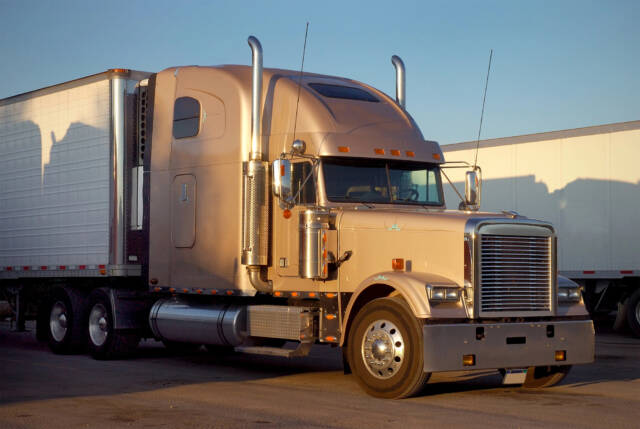
Selecting the appropriate Commercial Driver’s License (CDL) is a critical decision for anyone entering the trucking field. A Class A vs. Class B CDL each serves a distinct purpose and unlocks diverse types of driving roles. At Commercial Driving Academy, LLC, our detailed CDL training courses and programs provide the essential education and practical experience required for either license type. Let us explain how these two licenses are different from each other.
Understanding the Class A CDL
A Class A CDL certifies drivers to operate automobiles with a GCWR (gross combination weight rating) of more than 26,001 pounds, which includes vehicles that tow trailers weighing more than 10,000 pounds. The license is pivotal for anyone aiming to operate semi-trucks, tanker vehicles, combinations of trailers and trucks, and carriers for livestock. The variety of vehicles that a Class A CDL allows you to drive makes it an appealing option for ambitious commercial drivers.
What is a Class B CDL?
On the other hand, a Class B CDL allows an individual to operate straight trucks, large passenger buses (such as tourist, city, and school buses), articulated buses, dump trucks with smaller trailers, delivery box trucks, and vehicles transporting hazardous materials. The Class B license covers automobiles with a GCWR greater or equal to 26,001 pounds, but the trailers they tow must not exceed 10,000 pounds.
Career Opportunities and Earnings
When it comes to career options, Class A CDL holders generally have a broader range of opportunities given the variety of vehicles they are qualified to drive. This includes long-haul trucking jobs that can take you from one state to another or even nationwide, which often result in higher earning potential. On the other hand, Class B CDL holders typically find positions in more localized settings, such as city bus drivers, delivery drivers, or dump truck operators.
Financially, Class A CDL drivers tend to earn more due to the higher demands of the job and the longer hours involved in cross-country travel. However, Class B CDL jobs can also offer competitive salaries, especially in specialized areas like bus driving or waste management, which require specific skills and responsibilities.
Training and Examinations
Both CDL types require formal training and passing a series of examinations. Our academy offers both a Class A CDL course and a Class B CDL course, tailored to meet the specific challenges and requirements of each license type. Training includes both classroom instruction and hands-on driving practice to ensure you are fully prepared to drive on the road.
Which CDL is Right for You?
The decision between a Class A vs. Class B CDL largely depends on what kind of driving career you envision for yourself. If you are interested in long-haul, interstate driving that allows you to travel and enjoy the freedom of the road, a Class A CDL is likely the best choice. If you prefer a more stable schedule with local routes and the opportunity to be home more often, a Class B CDL might be more suitable.
At Commercial Driving Academy, LLC, we understand that this choice can significantly impact your future career and lifestyle. We are committed to providing detailed, practical training that not only prepares you to pass your CDL exams but also sets you up for a successful and fulfilling career in commercial driving.
Whether you opt for a Class A or Class B CDL, both licenses provide valuable skills and open up a range of career opportunities. Consider what type of driving suits your lifestyle and career ambitions, and remember that the right training is crucial to your success.

